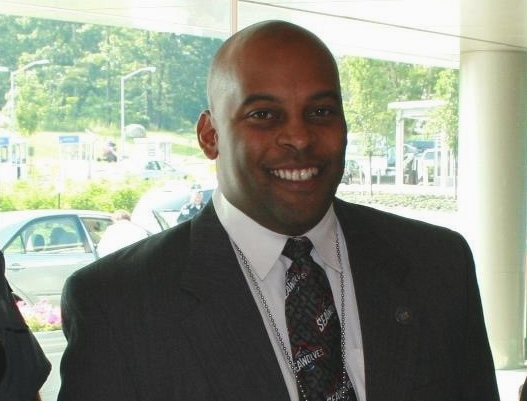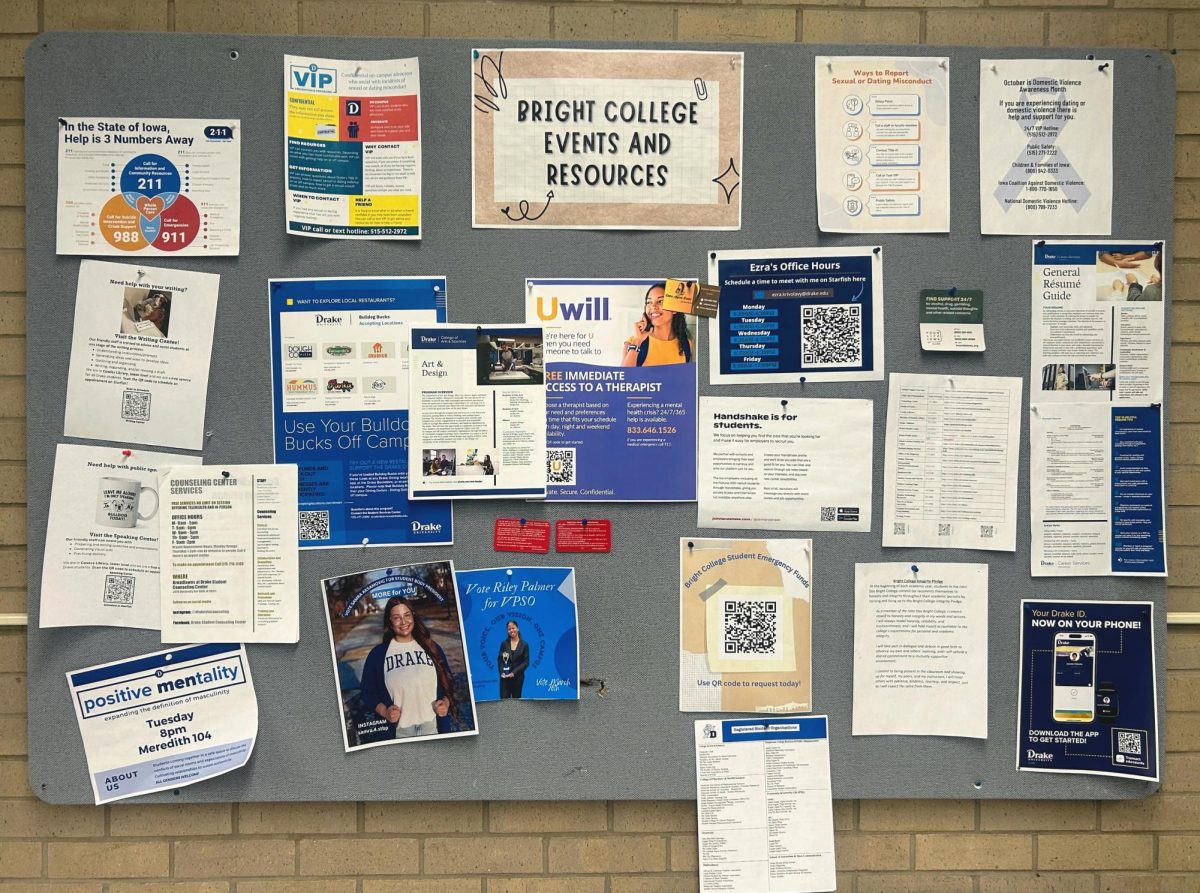Photo by Lauren Horsch
Parent or guardian signature required.
Whether it’s an unfavorable grade on an exam, proof of problems on the playground or a backpack-buried permission slip, forging a parent’s signature is a skill many youngsters master in elementary school.
Flying under the radar of most third-grade con artists, however, exists a profession designed to demystify the clues hidden in handwriting: graphology.
Forging someone else’s signature, much to many students’ dismay, is a difficult, if not impossible, task said certified graphologist and forensic document examiner Sheila Lowe. Lowe teaches handwriting authentication at the University of California Riverside. Lowe also owns her own graphology firm called Sheila Lowe & Associates.
“It’s extremely difficult to successfully forge someone else’s handwriting,” Lowe said. “You have to put aside your master pattern of handwriting, and you have to take on the master pattern of another person, which is developed over their lifetime. You don’t know what made them who they are.”
That master pattern is made up of the squiggles, swirls and swoops that are as unique to one’s identity as a fingerprint.
“It’s a personal expression,” said Lowe, who has 43 years of experience in graphology. “It comes from who you really are inside. Handwriting reflects who you are inside, and how you have integrated all your experiences in your lifetime comes out on the paper.”
Forget crystal balls, fortunetellers and astrological signs — handwriting offers a glimpse into one’s past, present and future. From composing a letter for Grandma to signing an autograph, handwriting reveals “some important things,” Lowe said.
“It can’t tell everything, that’s for sure,” Lowe said. “It can tell a lot about the state of your ego and how willing you are to go out and get your ego needs met, how you are socially, how organized you are, how you want your needs met.”
Grandma’s eyes might not be one’s only audience for writing, though. In today’s ever-competitive job market, employers don’t blindly hope they hire the right person for the job. Rather, they consult graphologists like Lowe for an expert analysis of several candidates’ penmanship.
“Probably the largest part of my graphology practice is with companies (that) are hiring, and they send me the top one, two or three applicants, and I do an analysis whether the person is going to be right for the job,” Lowe said. “I simply compare the personality traits shown in the handwriting to see if they would be the right person for the job.”
Beyond job applications and forgery investigations, handwriting analysis can be a critical step in one’s own self-development. Penmanship highlights haunting experiences, mental states and even undesirable personality traits, making graphology an oft-effective means of examining one’s inner psyche.
Lowe said her favorite part of the job, in fact, is improving clients’ lives through the power of graphology.
“When people say, ‘Wow, nobody else really understands me the way your analysis does,’ when it helps them to understand themselves and their lives better,” Lowe said.
Aspiring handwriting analysts must mind more than their p’s and q’s and instead look at an ideal writing sample — a page of writing on unlined paper with a signature — as a whole.
When adhering to this gestalt method of analysis, Lowe said, different patterns yielding different personality traits emerge.
“If you see small, cramped handwriting, that’s a very different person than someone who has large, loopy handwriting,” Lowe said. “The spatial arrangement has a lot to do with how you think, how you plan, your social needs.”
Coming to these conclusions, then, mandates knowledge both in graphology and in psychology.
“Study psychology,” Lowe said. “Learn basic personality development. Take that seriously as a context for the graphology part. Once you learn spatial arrangement, what all the parts mean, writing form, writing movement, speed, pressure and so on, apply them to as many samples as you can.”
Self-improvement and personality exploration are, perhaps, literally in the palm of one’s hand. There is power in every comma, exclamation point and decorative heart above the letter ‘i.’ This power comes with responsibility to pay attention to the pen’s clues.
“Handwriting shows the important red flags, and if you don’t pay attention to them, it isn’t worth much,” Lowe said. “Handwriting doesn’t lie.”






